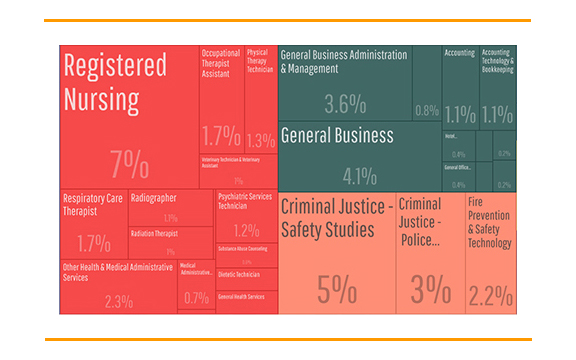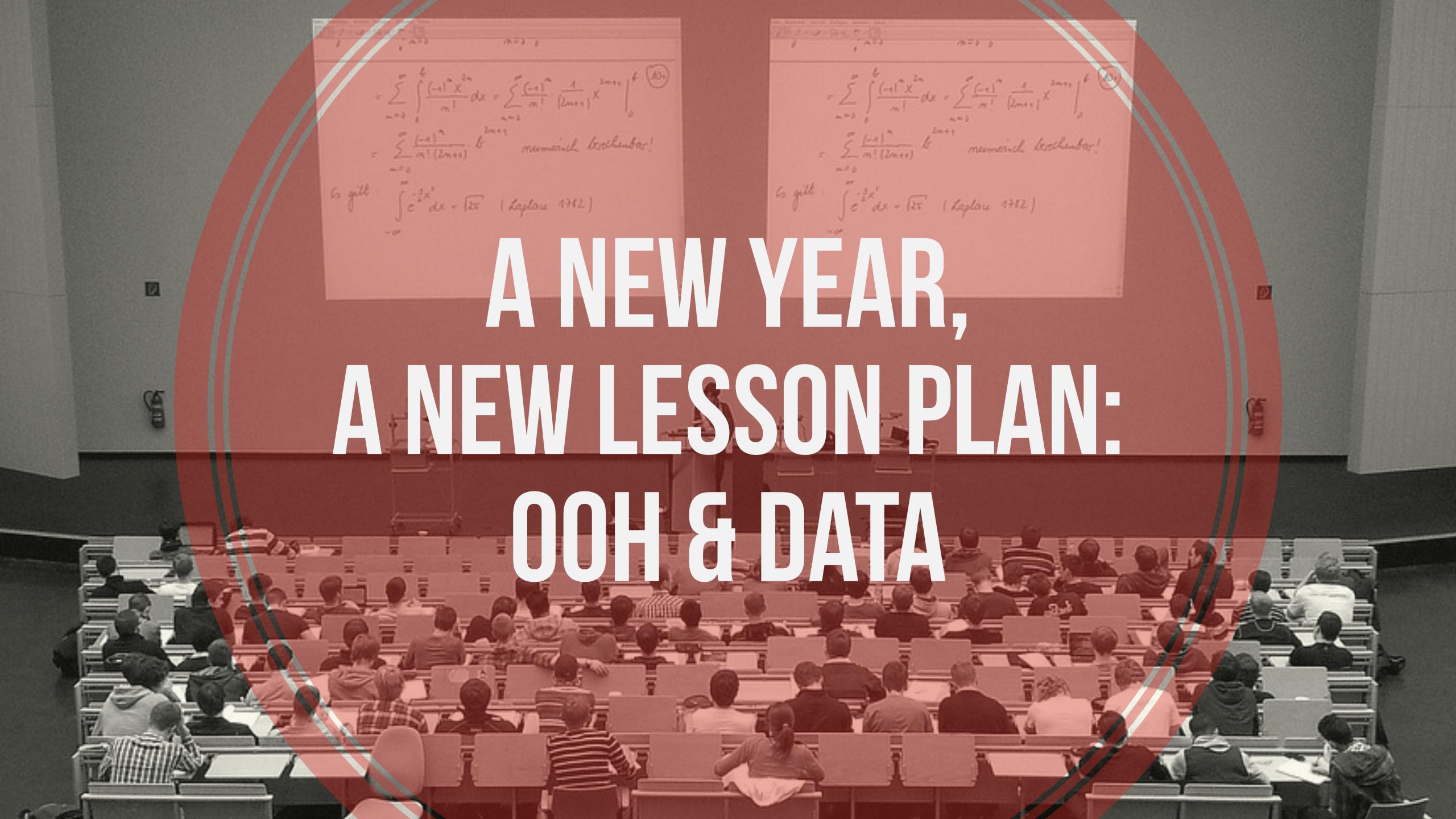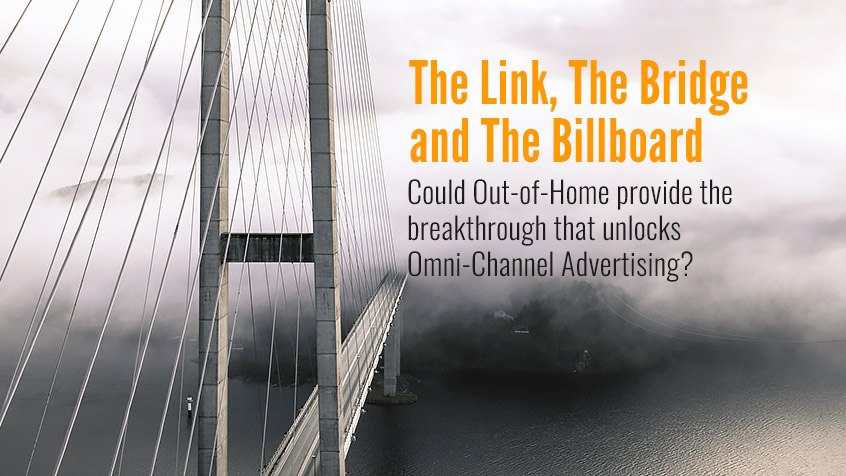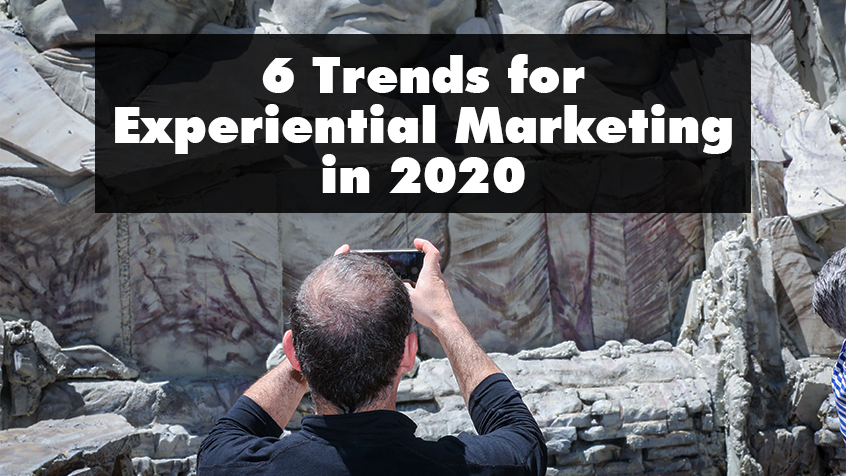Are you having trouble reaching potential students in a media saturated market? Competition is high with similar course schedules and degree programs being offered across many higher education platforms. Traditional media may be falling short in delivering the message to a focused audience and application numbers could be higher. Not to mention that the target student pool is savvier than ever, on the move and losing track of thoughts quickly (the human attention span has dropped from 12 seconds down to 8 seconds, shorter than that of a goldfish!).
There is a need for a more focused and calculated media plan that represents an understanding of the local market landscape and the target student’s behaviors to ensure the recruitment message is delivered at the exact time and place it should to be.
Using Data to Focus Your Plan
We understand there is a need to drive more interest and traffic to a college, university or institute’s website. Driving traffic to the site will result in higher application submission and campus visits, ultimately leading to increased enrollment numbers. How does OOH accomplish this?
- OOH is a great complement to an existing traditional media strategy and can be used in combination with other media to potentially increase reach by 300% (source: USA Touch Points). 67% of college students have even mentioned that they pay attention to poster and billboard ads (College Explorer Report, 2015).
- OOH can be hyper-geographically targeted to markets, counties and zip codes. Efforts can be focused anywhere from traditional 4-year universities and community colleges they recruit from, to the zip codes surrounding multi-location career college institutes. OOH provides the ability to be in the exact right place, at the exact right time.
- OOH can be hyper-demographically targeted for your recruitment pool. Through OOH ratings, such as impressions, and the use of mobile data that can be used to track potential students, the OOH industry has taken vast strides in targeted impression placement.

OOH can be hyper-geographically targeted to markets, counties and zip codes. The same OOH media can also be hyper-demographically targeted toward specific groups, such as a recruitment pool.
Tying it All Together
OOH clearly excels at reaching highly targeted audiences with media that if geographically focused, and doing it in an efficient cost effective way – but how do you layer on the targeting component to make sure you’re reaching the right audience? Easy, using data! Here are just a few examples:
- Data provided by the Department of Education can tell us education level completed and degree types broken down by city or county. OOH recruitment budget dollars can be allocated accordingly. For example, more OOH media dollars should be skewed toward counties or zip codes with the highest percent of the degree types where you want to see a spike in enrollment.
- Age, sex and income data for the target recruitment pool can be mapped and compared across all target markets. Not only will this inform the level of OOH media spend per market, but heat maps of the target demographics will determine media type as well as placement.
- You know who you are targeting, but do you know their most common mode or modes of transportation, and commute time to and from school or work? Insight into how your target student is getting around town informs the OOH media formats that are recommended in an OOH recruitment plan.

The Department of Education provides information such as level of education completed and degree types, broken down by counties and cities.
Who needs those 8 goldfish-esque seconds? Matching data with OOH can result in carefully selected plans with media placements in the precise locations you need in order to reach your target. Now, they only need a second to read your message and know you are speaking directly to them. Contact us to learn more about how to better target potential students. We really love to talk about the relationship between out of home and data, if you’re interested in getting more information on the subject, check out our insights on OOH and Big Data
Contact Us:





